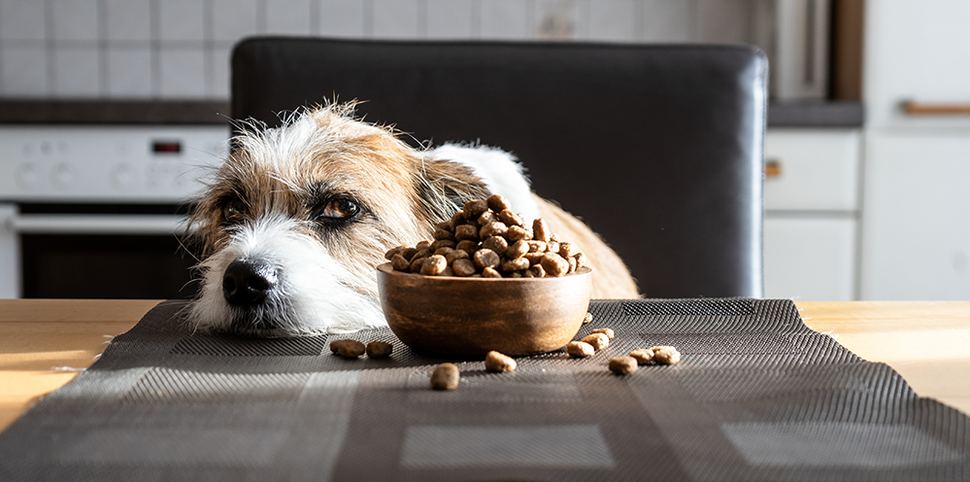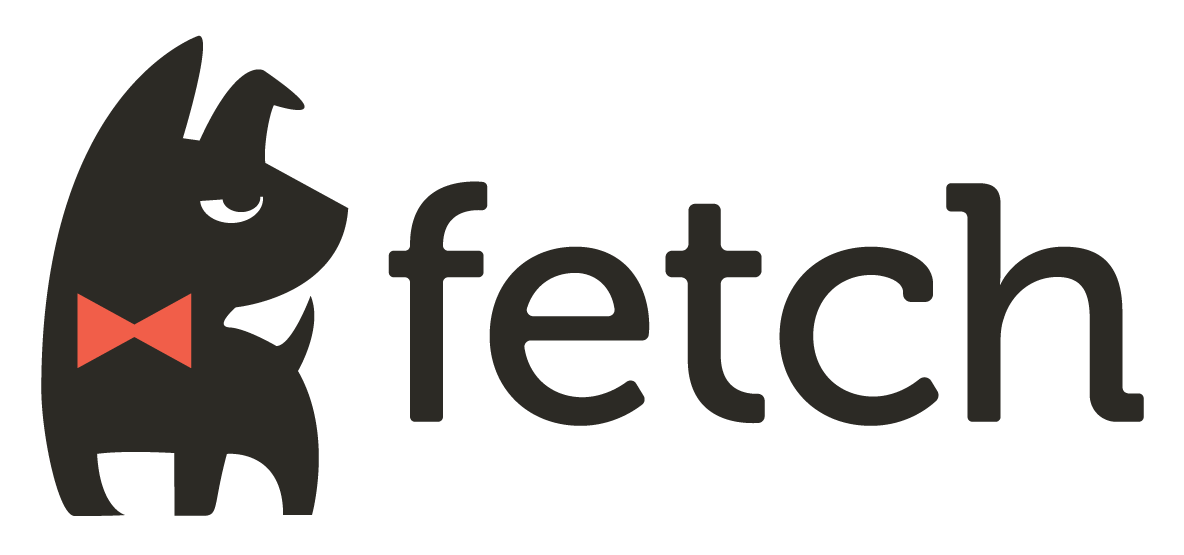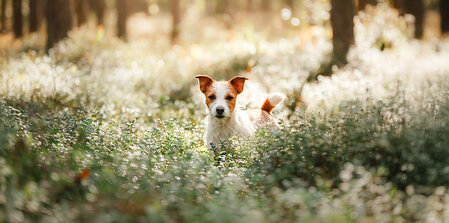Is Your Pet's Food Harmful or Healthy?

As pet parents, we do our best to feed our fur babies the best food out there! But how healthy is it really?
We intuitively know that not all pet food is equal in nutritional value — just like a plate of veggies, grains, and lean meats is healthier than a greasy burger and a basket of fries. But nutrients aren’t the only things to watch out for — some pet foods contain “extra” ingredients that are hard for Fido to digest, like fillers and chemical preservatives.
But pet food packaging is often confusing, misleading, and hard to decipher. So if you’re not sure exactly what’s in it, you’re not alone! Start by grabbing that bag, box, or can, and let’s get to the bottom of the bowl.
|
1. Meat is the First Ingredient. |
2. Fruits & Veggies Before Salt. We call it the Great Salt Divide — what’s above and below the “salt line”? While pet food nutrition labels are usually complicated, salt is something to pay attention to — by law, everything following “salt” on the list can make up no more than 1% of the total formula. Any important ingredient should come before salt, especially nutritious fruits and veggies, with other, less essential ingredients coming after. |
3. The Five Ingredients to Avoid.
Even food labeled with claims like “healthy” and “natural” can be jam-packed with unsavory chemical additives and inferior meat byproducts. You might have heard of the “dirty dozen” produce list, but for Fido, it’s the “dirty five.” So steer clear of these five not-so-healthy ingredients to make sure your dog’s dinner isn’t doing more harm than good. (And buckle up, because the backstories on these ingredients are definitely unpleasant.)
Animal Fat — Derived from a mass of unidentified parts, “animal fat” rendered for pet food production tends to be of exceptionally poor quality and is also known to sometimes contain other, nonorganic components (i.e., not food).
Preservatives — Avoid butylhydroxyanisole (BHA), butylhydroxytoluene (BHT), ethoxyquin, and sodium selenite. BHA and BHT, in particular, are likely carcinogenic to humans and have been proven to cause cancer in rats, mice, and hamsters.
Food Dyes — The most common food dyes are Red 40, Yellow 5, Yellow 6, and caramel color. All of them contain benzidine, which is a human and animal carcinogen.
Synthetic Supplements — Watch out for oxide or sulfate minerals such as zinc copper, copper sulfate, and particularly Menadione Sodium Bisulfate Complex (MSBC), a synthetic form of vitamin K that can cause adverse effects, including death, in excessive amounts.
Chemicals — Especially Propylene Glycol, which is used in solvents.
Woof, that’s a lot! But we promise it’s worth it. You don’t have to put your pet on a pricy raw food diet or DIY homemade meals, either. At Fetch, we can help you find wholesome, droolworthy options starting at just $2/day for a 30-pound pup.



